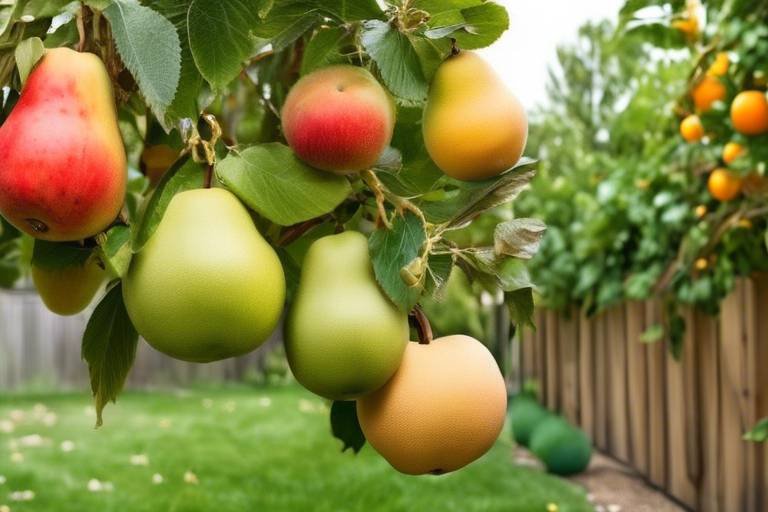How to Grow Your Own Salad Garden
Are you ready to embark on a journey of fresh flavors and vibrant colors right in your backyard? Growing your own salad garden is not only rewarding but also surprisingly easy with the right knowledge and techniques. Imagine stepping outside to pick crisp lettuce, juicy tomatoes, and crunchy cucumbers for your daily salads. Let's dive into the world of salad gardening and unleash your green thumb!

Choosing the Right Vegetables
When it comes to choosing the right vegetables for your salad garden, it's essential to consider a variety of factors to ensure a successful harvest. Let's dive into the world of salad greens and explore the best options for your home garden.
Lettuce is a classic choice for any salad garden, offering a range of textures and flavors to elevate your salads. From crisp romaine to delicate butterhead varieties, lettuce is versatile and easy to grow, making it a staple for any green thumb.
Tomatoes add a burst of color and sweetness to your salads, making them a popular choice for home gardeners. With a wide range of sizes and colors available, from cherry tomatoes to heirloom varieties, there's a tomato for every taste preference.
Cucumbers are another excellent addition to your salad garden, providing a refreshing crunch and mild flavor to your dishes. Whether you prefer slicing cucumbers for salads or pickling varieties for a tangy twist, cucumbers are a versatile and rewarding vegetable to grow.
Carrots are a nutritious and flavorful addition to your salad mix, offering a hint of sweetness and a satisfying crunch. With varieties ranging from traditional orange to vibrant purple and white, carrots can add visual appeal and diversity to your garden harvest.
Radishes are quick-growing and vibrant additions to your salad garden, adding a peppery kick and a pop of color to your dishes. With varieties like French breakfast and watermelon radishes available, you can experiment with different flavors and textures in your salads.
When selecting vegetables for your salad garden, consider your climate, available space, and personal preferences to create a custom mix that suits your tastes. Experiment with different varieties and combinations to keep your salads fresh and exciting throughout the growing season.
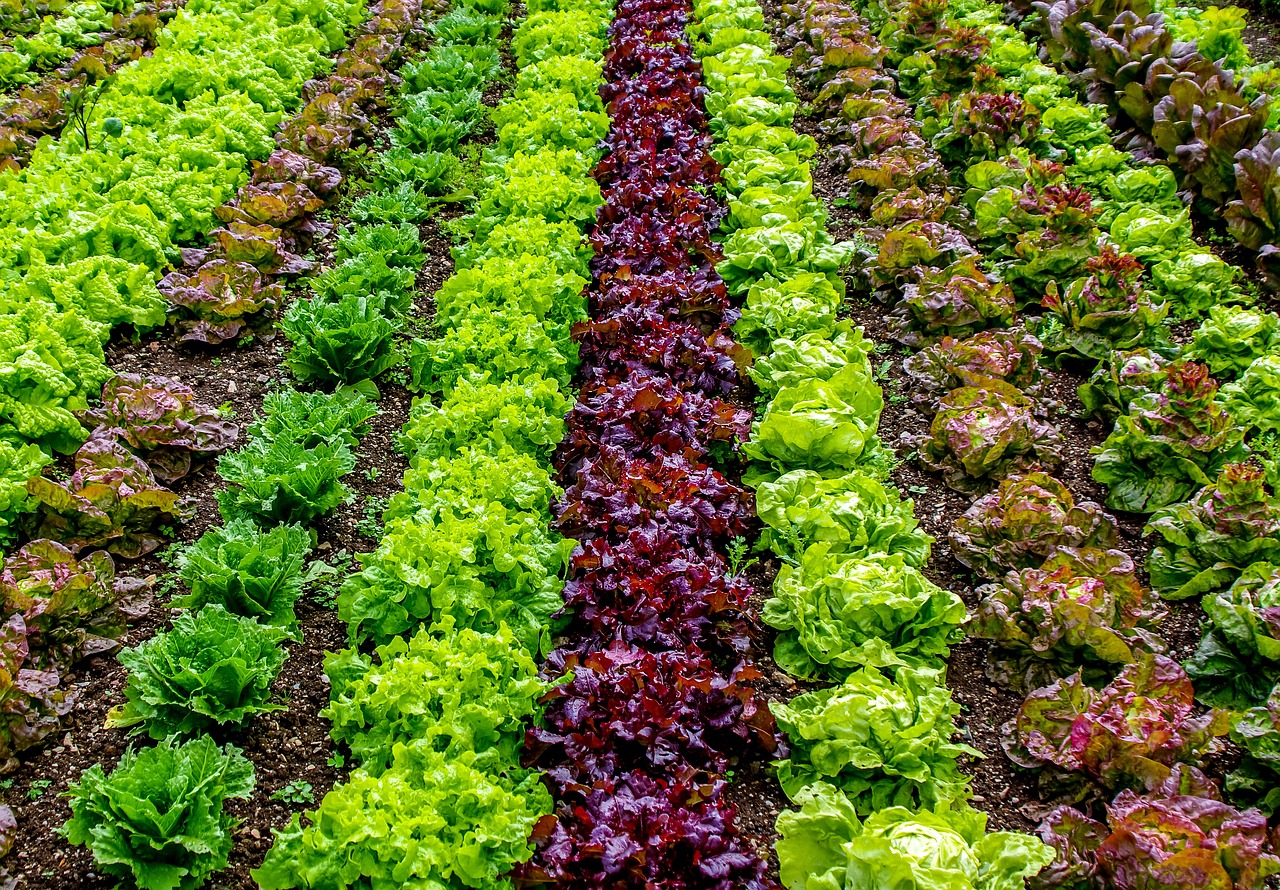
Planning Your Garden Layout
Learn how to cultivate a thriving salad garden at home with these helpful tips and techniques. From selecting the right vegetables to maintaining soil health, this guide will help you enjoy fresh, homegrown salads all year round.
When it comes to planning your salad garden layout, the key is to optimize space and sunlight exposure for your plants. Consider the size of your garden area and the types of vegetables you want to grow. Raised beds are a popular choice for salad gardens as they provide good drainage and make it easier to control soil quality. If space is limited, container gardening can be a great alternative, allowing you to grow a variety of vegetables on a balcony or patio.
Maximizing sunlight is crucial for the growth of your salad greens. Position your garden in an area that receives at least 6-8 hours of sunlight per day. This will ensure that your vegetables get the energy they need to photosynthesize and thrive. Additionally, consider water distribution in your garden layout. Place plants with similar water needs together to make watering more efficient and prevent over or under-watering.
Q: How often should I water my salad garden?
A: The frequency of watering your salad garden depends on various factors such as the weather, soil type, and plant requirements. In general, it's recommended to water deeply but less frequently to encourage deep root growth. Check the moisture level of the soil regularly by sticking your finger into the soil about an inch deep. If it feels dry, it's time to water.
Q: What is the best way to prevent pests in my salad garden?
A: To prevent pests in your salad garden, practice good garden hygiene by removing any debris or weeds that can harbor insects. Consider planting companion plants that repel pests naturally. You can also use physical barriers like row covers or introduce beneficial insects that feed on garden pests.
Q: How can I ensure a continuous harvest from my salad garden?
A: To ensure a continuous harvest, practice succession planting by sowing seeds or planting new seedlings every few weeks. This will stagger the maturity of your vegetables, allowing you to harvest fresh produce throughout the growing season. Additionally, regularly fertilize your plants to promote healthy growth and productivity.

Soil Preparation and Maintenance
Learn how to cultivate a thriving salad garden at home with these helpful tips and techniques. From selecting the right vegetables to maintaining soil health, this guide will help you enjoy fresh, homegrown salads all year round.
Discover the best vegetables to grow in your salad garden, including lettuce, tomatoes, cucumbers, and more. Learn about the different varieties and their specific growing requirements to create a diverse and flavorful salad mix.
Explore the importance of proper garden layout and design for a successful salad garden. From raised beds to container gardening, find the best setup for your space and learn how to maximize sunlight and water distribution.
When it comes to growing healthy salad greens, soil quality plays a crucial role. Proper soil preparation and maintenance are essential for ensuring optimal growth and productivity in your garden. Enriching your soil with compost, mulch, and other nutrients can provide the necessary foundation for your plants to thrive. Regularly testing the pH levels and nutrient content of your soil can help you make informed decisions about what amendments are needed to maintain a healthy growing environment.
Master the art of watering and fertilizing your salad garden to promote robust plant growth and bountiful harvests. Discover the right watering schedule and fertilization methods to keep your vegetables healthy and thriving.
Learn how to identify and address common pests and diseases that can affect your salad garden. Explore organic pest control methods and preventive measures to protect your crops without harmful chemicals.
Get tips on when and how to harvest your salad greens for maximum freshness and flavor. Learn proper storage techniques to extend the shelf life of your produce and enjoy garden-fresh salads whenever you desire.
Understand the importance of seasonal care and crop rotation in maintaining a productive salad garden year after year. Discover how to plan and rotate your crops to prevent soil depletion and promote overall garden health.
Explore eco-friendly practices and sustainable gardening techniques to reduce waste and conserve resources in your salad garden. Learn how to promote biodiversity, attract beneficial insects, and support a healthy ecosystem in your backyard.
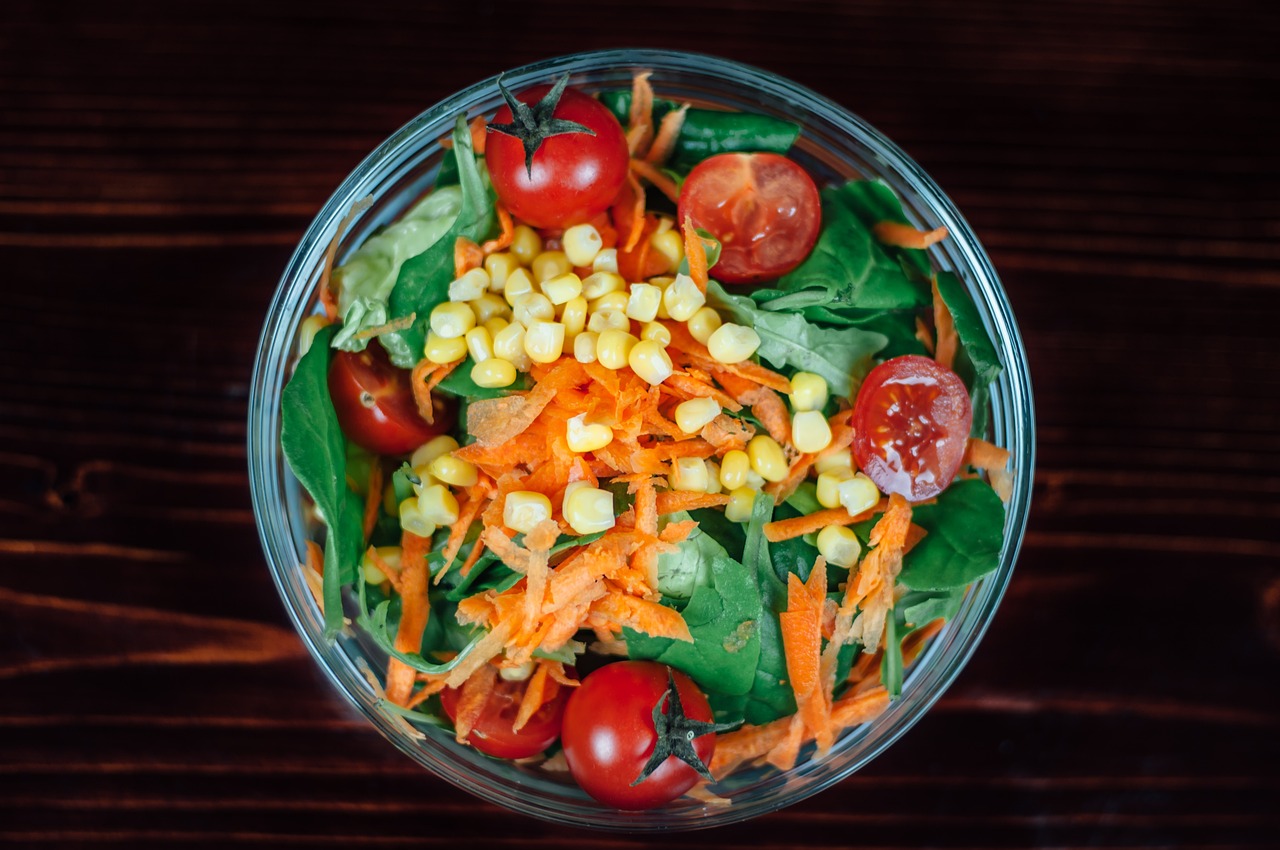
Watering and Fertilizing Techniques
When it comes to maintaining a thriving salad garden, mastering the art of watering and fertilizing is crucial. Proper watering techniques ensure that your plants receive adequate moisture, while effective fertilizing promotes healthy growth and abundant harvests. Let's delve into some essential tips and techniques for watering and fertilizing your salad garden.
First and foremost, it's important to water your salad garden consistently and evenly. Overwatering can lead to root rot, while underwatering can result in stunted growth. Finding the right balance is key. Consider investing in a soaker hose or drip irrigation system to deliver water directly to the roots, minimizing water waste and evaporation.
Additionally, understanding the watering needs of different vegetables in your garden is essential. Some plants, like tomatoes, require more water than others. Be mindful of the specific requirements of each crop and adjust your watering schedule accordingly.
When it comes to fertilizing, choosing the right type of fertilizer is crucial for the health of your plants. Organic options, such as compost or manure, provide essential nutrients without the risk of chemical buildup in the soil. Consider creating a compost pile in your backyard to recycle kitchen scraps and yard waste into nutrient-rich fertilizer for your garden.
Moreover, fertilizing your salad garden at the right time is key to promoting optimal growth. Applying fertilizer during the growing season, especially during periods of rapid growth, can help boost plant health and productivity. Remember to follow the recommended dosage instructions on the fertilizer package to avoid over-fertilization, which can harm your plants.
Another important aspect of fertilizing is understanding the nutritional needs of your vegetables. Different crops require varying levels of nutrients, such as nitrogen, phosphorus, and potassium. Conduct soil tests periodically to assess the nutrient levels in your garden and adjust your fertilization plan accordingly.
By mastering the art of watering and fertilizing your salad garden, you can ensure that your plants thrive and produce an abundance of fresh, flavorful produce. With proper care and attention to detail, you'll be on your way to enjoying homegrown salads straight from your garden all year round.

Pest and Disease Management
When it comes to maintaining a thriving salad garden, pest and disease management is crucial to ensure the health and productivity of your crops. Common pests such as aphids, caterpillars, and snails can quickly wreak havoc on your salad greens if left unchecked. It's essential to regularly inspect your plants for any signs of infestation and take prompt action to prevent further damage.
One effective method of pest control is companion planting, where certain plants are grown together to deter pests naturally. For example, planting marigolds alongside your lettuce can help repel aphids and other harmful insects. Additionally, introducing beneficial insects like ladybugs and lacewings can help keep pest populations in check without the need for chemical pesticides.
When it comes to disease management, prevention is key. Avoid overhead watering, as wet foliage can promote the growth of fungal diseases such as powdery mildew and leaf spot. Instead, water at the base of the plants to keep the leaves dry. Proper spacing between plants can also improve air circulation and reduce the risk of disease spread.
If you do encounter a disease outbreak in your salad garden, it's important to act quickly to prevent it from spreading. Remove and destroy any infected plants to prevent the disease from spreading to healthy ones. Consider using organic fungicides or neem oil to combat fungal diseases while minimizing harm to beneficial insects and the environment.
Regularly monitoring your salad garden for signs of pests and diseases, practicing good garden hygiene, and implementing preventive measures can help you maintain a healthy and thriving garden without resorting to harsh chemicals. By taking a proactive approach to pest and disease management, you can enjoy a bountiful harvest of fresh, homegrown salads throughout the growing season.

Harvesting and Storing Your Produce
Harvesting and storing your produce is a crucial step in enjoying the fruits of your labor from your salad garden. When it comes to harvesting, timing is key. You want to pick your salad greens when they are at their peak freshness and flavor. For lettuce, it's best to harvest in the morning before the heat of the day sets in, ensuring crisp leaves. Tomatoes should be picked when fully ripe but still firm to the touch, while cucumbers are best harvested when they are a deep green color.
Once you have harvested your produce, proper storage is essential to maintain their freshness. Leafy greens like lettuce and spinach should be washed, dried thoroughly, and stored in airtight containers or plastic bags in the refrigerator to prevent wilting. Tomatoes are best kept at room temperature away from direct sunlight to ripen further, while cucumbers can be stored in the crisper drawer of the fridge to retain their crunch.
For longer-term storage, consider preserving your harvest through methods like pickling, canning, or freezing. This allows you to enjoy your homegrown produce even when they are out of season. By planning your harvesting and storage techniques effectively, you can savor the flavors of your salad garden all year round.
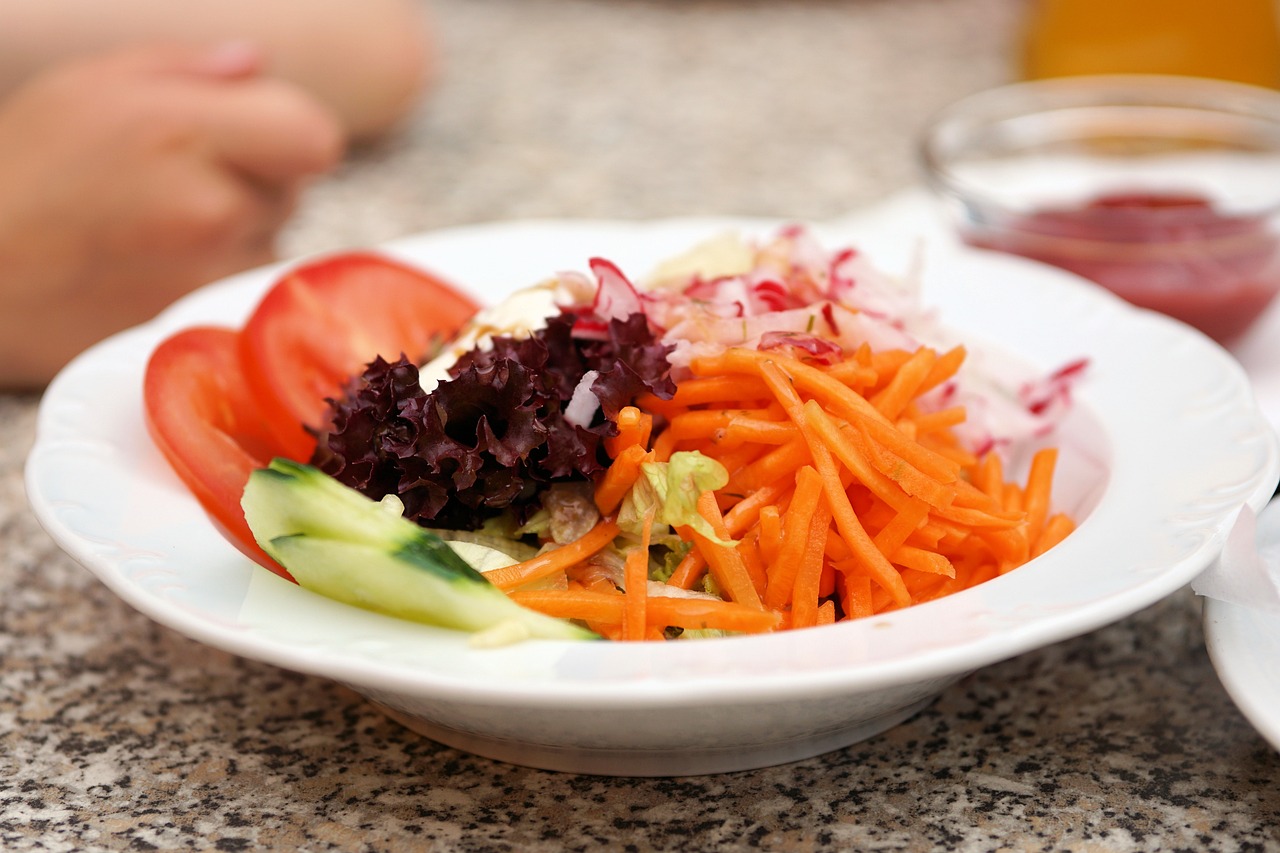
Seasonal Care and Crop Rotation
Seasonal care and crop rotation are essential practices for maintaining a productive salad garden year after year. By understanding the unique needs of each season and implementing a strategic crop rotation plan, you can ensure the health and vitality of your garden while maximizing yields.
During the spring, focus on preparing your garden beds for planting by clearing out debris, amending the soil with compost, and ensuring proper drainage. This is also the time to start sowing cool-season crops like lettuce, spinach, and radishes, taking advantage of the mild temperatures.
As summer arrives, adjust your watering and fertilizing routine to accommodate the increased heat and sun exposure. Mulching around your plants can help retain moisture and regulate soil temperature, while regular harvesting promotes continuous growth and prevents bolting.
Transitioning into fall, consider planting cover crops like clover or rye to protect and enrich the soil during the winter months. Harvest any remaining summer crops and prepare the garden for the cooler weather ahead, ensuring that your plants are well-fed and insulated for the coming frost.
Winter is a time for rest and rejuvenation in the garden, but that doesn't mean you can't be proactive. Use this season to plan your crop rotation for the following year, selecting new varieties to prevent disease buildup and maintain soil fertility. Consider starting seeds indoors for an early spring planting and take the opportunity to assess and improve your garden layout.
When it comes to crop rotation, the key is to avoid planting the same family of vegetables in the same spot year after year. Rotating crops helps prevent nutrient depletion, reduces pest and disease pressure, and promotes overall soil health. Keep a detailed record of what you plant where each season to ensure a successful rotation schedule.
By incorporating seasonal care practices and implementing a thoughtful crop rotation plan, you can create a sustainable and thriving salad garden that produces abundant harvests year after year.
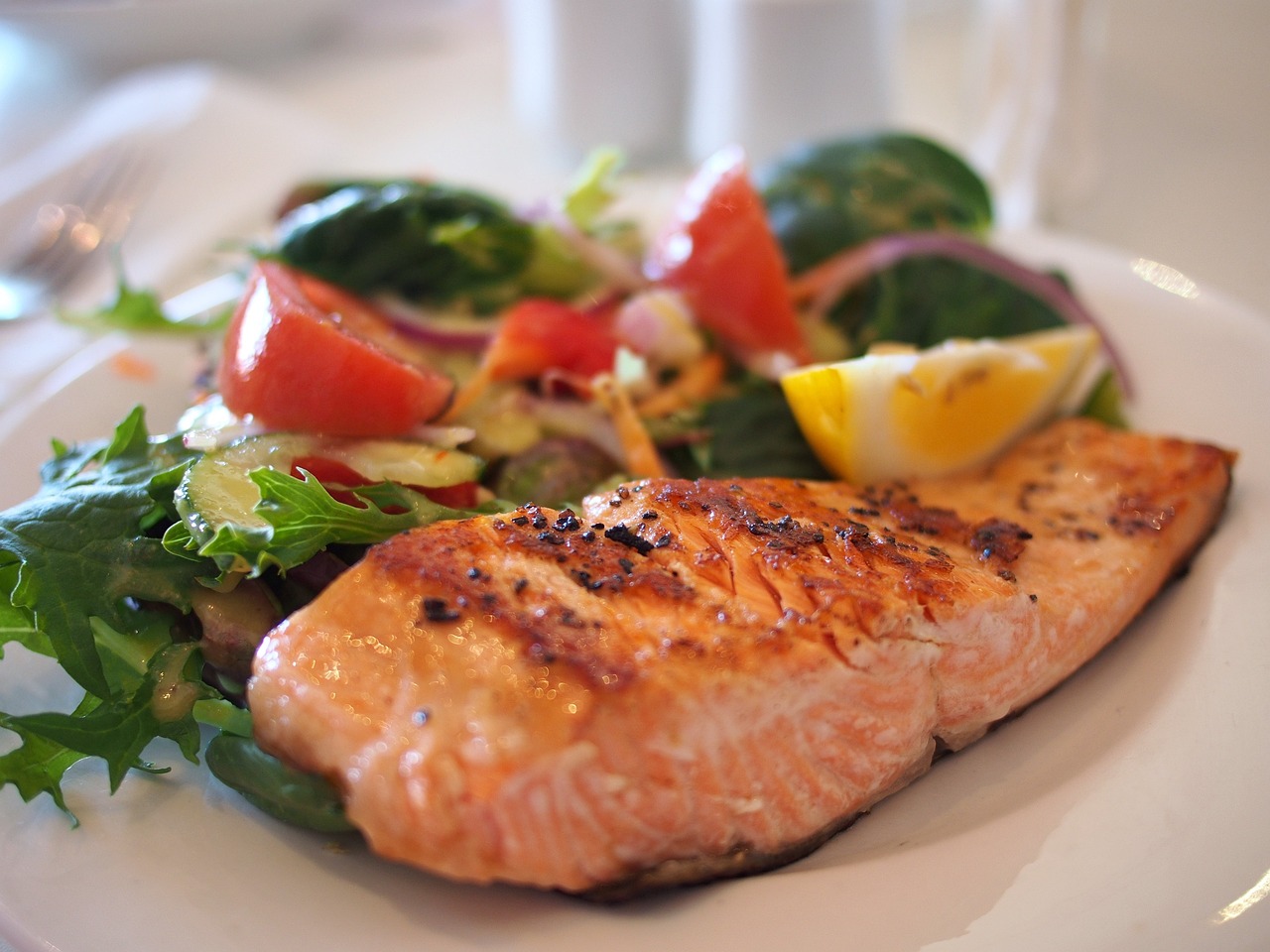
Creating a Sustainable Garden Environment
Creating a sustainable garden environment is essential for the long-term health and productivity of your salad garden. By implementing eco-friendly practices and sustainable gardening techniques, you can reduce waste, conserve resources, and support a healthy ecosystem right in your backyard.
One way to promote sustainability in your garden is by practicing composting. Composting allows you to recycle organic waste from your kitchen and garden, turning it into nutrient-rich compost that can be used to enrich your soil. By creating a closed-loop system where waste is transformed into valuable resources, you can reduce the need for chemical fertilizers and improve soil health naturally.
Additionally, consider incorporating native plants into your salad garden. Native plants are well-adapted to the local climate and soil conditions, requiring less water and maintenance compared to non-native species. By planting native flowers and herbs alongside your vegetables, you can attract beneficial insects like pollinators and natural predators, creating a balanced and biodiverse ecosystem.
Another sustainable gardening practice is water conservation. Implementing drip irrigation systems or rainwater harvesting techniques can help you reduce water waste and ensure that your plants receive just the right amount of moisture they need to thrive. By using water wisely and efficiently, you can lower your environmental impact and promote a more sustainable garden environment.
Furthermore, consider using natural pest control methods to manage garden pests without resorting to harmful chemicals. Beneficial insects like ladybugs and lacewings can help keep pest populations in check, while companion planting techniques can repel pests and attract beneficial organisms. By working with nature rather than against it, you can maintain a healthy balance in your garden while minimizing the use of synthetic pesticides.
Overall, creating a sustainable garden environment is not only beneficial for the planet but also for your own well-being. By adopting eco-friendly practices and mindful gardening techniques, you can enjoy a thriving salad garden that nourishes both your body and the environment.
Frequently Asked Questions
- What are the easiest vegetables to grow in a salad garden?
Some of the easiest vegetables to grow in a salad garden are lettuce, tomatoes, cucumbers, and radishes. These vegetables are relatively low-maintenance and can thrive in various growing conditions, making them ideal choices for beginners.
- How often should I water my salad garden?
The frequency of watering your salad garden depends on factors such as weather conditions, soil type, and plant needs. As a general rule, aim to keep the soil consistently moist but not waterlogged. It's recommended to water deeply a few times a week rather than shallow watering daily.
- What is the importance of crop rotation in a salad garden?
Crop rotation is essential in a salad garden to prevent soil depletion, control pests and diseases, and maintain overall soil health. By rotating crops each season, you can disrupt pest life cycles, reduce nutrient depletion, and promote biodiversity in your garden.


